Sommeliers are a competitive bunch. Many relish in the discovery of tasting new-to-them wines. Sweet wines provide yet another (but sometimes less celebrated) avenue to broaden their palates and flex their tasting skills. But beyond bragging rights, this translates to more inspired pairings for consumers, whether it’s an on-point dessert wine to match a meal’s sweet ending or an unexpected but delightful complement to a savory dinner. So, we polled somms on the best sweet wines they’ve tasted so far this year.
All wines are a labor of love, but many sweet wines are especially memorable because of the grape-harvesting process. Take ice wine, for instance, whose grapes must be picked and pressed while frozen; or Sauternes, whose grapes must be harvested only once they reach a minimum potential alcohol content (or amount of fermentable sugars) of 13 percent alcohol by volume (ABV). Some sweet wines are lauded for their unique processes, such as a passito made with slow-smoked grapes that are pressed only during Holy Week in Italy.
Other sweet wines earn their cachet because of limited production, such as sparkling rosé made with hillside-grown fruit that is backbreaking to pick; while still others are lauded due to extensive aging, like a 50-year-old Riesling whose refreshing acidity still shines through the sweetness and accentuates the wine’s flavors.
Don’t miss a drop!
Get the latest in beer, wine, and cocktail culture sent straight to your inbox.
Sommeliers love to pair wines with food (it’s a big part of their job, after all), and sweet wines offer plenty of opportunity for creativity. Of course, there are dessert wines to pair with (or even replace) dessert, but sweet wines with lower amounts of residual sugar are balanced with refreshing, sometimes searing, acidity, making them a natural match for spicy fare.
From a 101-year-old Australian wine made in the style of tawny port to a sparkling French rosé that makes a fine match for PB&J, these are experts’ picks.
The Best Dessert Wines Recommended by Sommeliers:
- La Montata “Angelicus” Passito 2006
- Stateswein Niederhauser Hermannsberg Riesling Auslese 1971
- NV Patrick Bottex Buyey-Cerdon “La Cueille” Rosé Pétillant
- Inniskillin Gold Vidal Icewine 2017
- Seppeltsfield Para Tawny, Barossa, Australia 1920
- Apatsagi Harslevelu, Somló, Hungary 2017
- Jack Navarre, Cuvee de Lenclos, Pineau des Charentes, France
- Chateau Biac, Secret de Biac 2010, Côtes de Bordeaux Cadillac, France
- Mullineux Straw Wine 2018
Keep reading for details about all of the recommended wines!
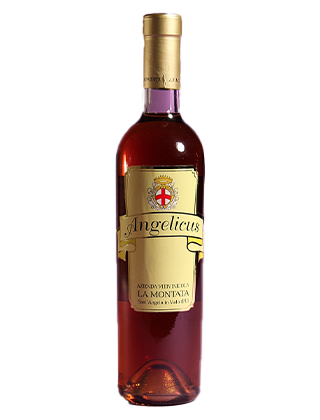
“La Montata ‘Angelicus’ Passito ’06 from Le Marche, Italy. Aside from undergoing the appassimento process, these ancient Trebbiano grapes are hung for four to five months in a room where a fireplace periodically smokes them! These grapes are later pressed on Holy Week in Italy. Amber-colored, this wine is texturally viscous with notes of ripe apricot, brûléed apple, pear, acacia honey, smoke, marzipan, and toffee. Generally, this passito is served to high-ranking figures in society and during very important occasions, such as weddings or the birth of a child. When a few patrons came to Oste after their wedding ceremony, I eagerly surprised them with this wine and story.” —Tiffany Bulow, Sommelier, Oste, Los Angeles
“I had a big birthday this year and we busted out some old wines. This 1971 Stateswein Niederhäuser Hermannsberg Riesling Auslese really stood out. At first sip, you notice the lively acidity and are slightly taken aback at how a wine this brown could have this much bright, crisp freshness. On the palate, you feel [a] syrupy texture but when combined with that fresh acidity, the balance is heaven! And then you add all the flavors of botrytis (noble rot) weighing in heavily with dried apricot and peaches, maybe a little fresh lychee. Spices begin to emerge from the glass, both on the nose and palate as ginger and nutmeg make their way to the foreground. The finish on this wine is endless — you’ll swear it’s on the tip of your tongue the morning after.”—Paul Einbund, Co-owner and Sommelier, The Morris & Maison Nico, San Francisco
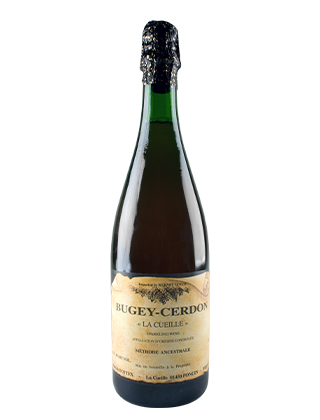
“NV Patrick Bottex Bugey-Cerdon ‘La Cueille’ Rosé Pétillant. Cerdon is a sparkling wine from Bugey made mostly from Gamay with a splash of Poulsard. Patrick and Catherine Bottex produce minute quantities of this special sparkling rosé. To make this wine, an ancient technique is used, méthode ancestrale (a single fermentation) that predates the méthode champenoise. Medium pink in color, medium-plus sweet, refreshing acidity, light as a feather in body (7 percent alcohol), and on the nose lots of roses and red and black berry fruit. On the palate it oozes with strawberries, raspberries, and tart cherries, with a slightly grapey flavor.” —Paola Embry, CEO and Wine Director, Wrigley Mansion, Phoenix
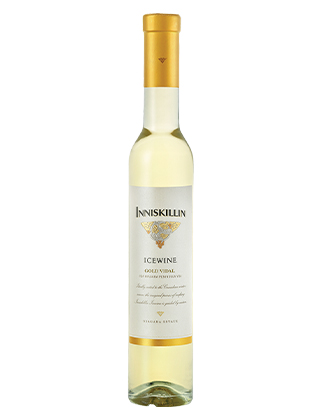
“Inniskillin Gold Vidal Icewine; I’m head over heels for the 2017 vintage. Made on the Niagara Peninsula in Ontario, Canada, Inniskillin was the first producer in Canada of world-class ice wine and the first to follow the stringent approach of late-season grape harvest instituted by the country that started it all, Germany. Inniskillin is a viscous, unctuous sweet sipper. Aromatics of maple candy, wildflower honey, butterscotch, and Seville orange waft effortlessly from the glass. It has high residual sugar but enough acid to keep it lively and clean. The texture on the palate is astounding, dense, and almost oily, yet remains sleek and refined. The mouth-coating flavor of citrus, butter, and caramel makes for one of the greatest ice wines in the world. Try it with a slice of banana cream pie or your favorite triple crème Brie.” —Christopher Locke, Sommelier, The Tides Inn, Irvington, Va.
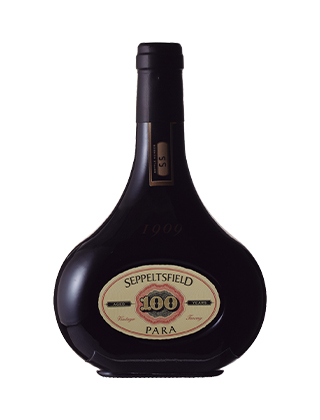
“Seppeltsfield, Para Tawny, 1920, Barossa, Australia. Getting to try a wine that was 101 years old was such a treat. Besides that, it was so cool to get to taste old vine Grenache and Syrah that was made in the style of tawny port and aged in-barrel. I can’t think of many, if any, wines that have been made like this one. It was sweet, like blackberry and strawberry jam, smelled of fruit, leather, and black pepper with some smoke but had incredible verve. It was completely unexpected how young it still tasted. Once we get our one bottle allocation, I imagine it would be stellar with a dessert we are featuring at Three Sisters — chocolate pavlova with black truffle cream and chocolate sorbet.” —Logan Griffin, Assistant Director of Food and Beverage, Blackberry Mountain, Walland, Tenn.
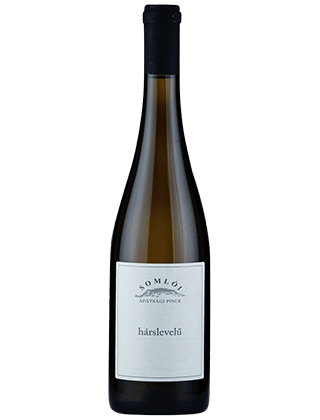
“Does an off-dry wine count? Because I was floored by the 2017 Apatsagi Hárslevelű from Somló, Hungary. The wine is incredibly aromatic, complex, powerful, and yet refreshing. The wine is golden with medium-plus concentration. The nose is highly aromatic, showing ripe white peaches, fresh Meyer lemon, mealy yellow apples, and dehydrated apricots. Non-fruits include wilted daffodils, a dark stony minerality, and toasted almonds. Honey, ginger, and saffron from botrytis elevate the aromatics as well. The palate is true to the nose with searing acidity and a medium-plus body with a finish that is long and persistent.” —Alec Cummings, Sommelier, The Morris, San Francisco
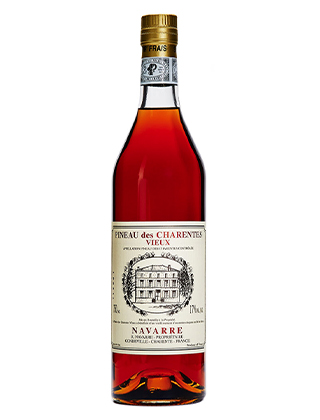
“Jack Navarre, Cuvee de Lenclos, Pineau des Charentes, France. The most memorable part of this wine is the beautiful complexity and elegance. It’s like nothing else I have ever tasted. Its deep color is appealing to the eye. The wine has alluring aromas of rich, black raspberries, pink flowers, candied sweet tarts, and cotton candy. The palate confirms the aromas in every way. We pair this wine with our lavender panna cotta, which has strawberries, lavender, edible flowers, and an orange tuille.” —Crystal Krieger, Advanced Sommelier, ISG, CMS, Les Cochons d’Or, Hot Springs, Va.
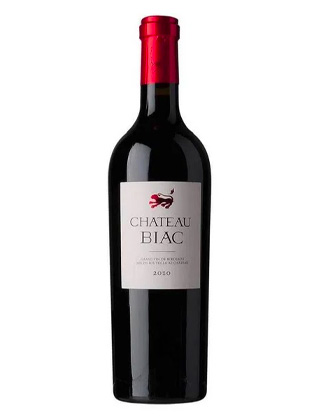
“Chateau Biac, Secret de Biac 2010 from the Côtes de Bordeaux Cadillac. It is essentially Sauternes without being in Sauternes. Chateau Biac is a historic estate dating back to the 17th century. It lies directly across the river from the region of Pessac and Sauternes, and the river has carved unique grooves into the land that blesses it with the arrival of fog, botrytis, and, thus, fantastic dessert wine. It is golden in color with notes of ripe tropical fruits like mango, pineapple, and banana. Notes of spicy ginger with a citrus character that is rich, almost candied Meyer lemon with just enough brightness to help balance the wine. Gentle white florals are ever present as well. The mouthfeel is lavish and voluptuous with a long and lingering finish. I pair it with chef Mary Attea’s foie gras torchon on toasted Japanese milk bread with umeboshi plum. Gilding the lily is the name of the game here.” —Ramon Manglano, Sommelier, Musket Room, New York
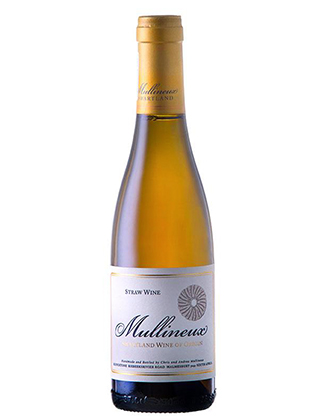
“Mullineux Straw Wine 2018. Chenin Blanc grapes are harvested at normal ripeness with high natural acidity that are left to dry in the shaded outdoors for a period of two to four weeks, resulting in a sweet wine that is unctuous yet fresh and zippy at the same time. This straw wine has a brilliant golden color with an enticing nose filled with peach and orange marmalade, ripe nectarines, and mango chutney that is accentuated with orange blossom, vanilla, and cardamom undertones. The palate mirrors this, and the combination of the fruit and floral notes are accented with subtle saline and nutty notes that add a nice contrast to the sweetness. The body is full and rich as the wine coats the palate but is never left to be cloying, due to the ample acidity that carries the flavors and impressions of this wine through the finish. For dinner at home, we paired it with chicken thighs that had been marinating in a mixture of coconut milk, fish sauce, green curry, and lemongrass, served with a coconut- and peanut butter-based sauce. This wine was a beautiful foil to the sweet, spicy, and umami driven notes of the grilled chicken thighs while underlining those rich, sweet, and salty tones that the sauce provided.”—Hai Tran, Sommelier, Sommation, Cary, N.C.
“Easily the most memorable and quaffable sweet wine I’ve had this year was Bugey-Cerdon ‘La Cueille.’ It is a delicious Gamay blend from Eastern France near the border of Switzerland. This wine has a really good balance of acid that offsets the sweetness and makes me want to keep going back for another sip. Plus, you cannot deny how beautiful the deep bubblegum pink color is! On the nose you get hints of wild Alpine strawberries and red flowers. The multitude of super- fine bubbles hits the palate followed by those perfectly ripe strawberries and a touch of blood orange rind. I am a huge fan of finding fun wines to pair with peanut butter and jelly sandwiches. The sweetness of the wine paired gorgeously with the sweetness of a local strawberry rhubarb preserve I picked up at the N.C. State Farmers Market. The acid did a great job of cutting through the fattiness of my fresh market honey roasted peanut butter. This pairing is my favorite way to end a long shift!” —Ashley Mal, Sommelier and General Manager, Jolie, Raleigh, N.C.


